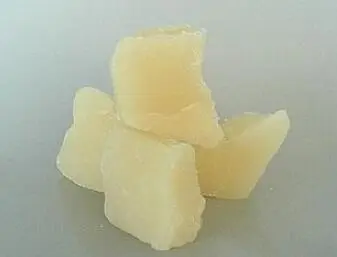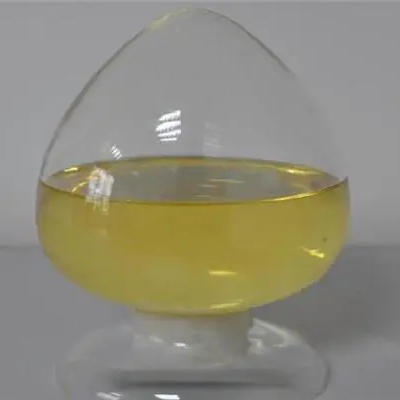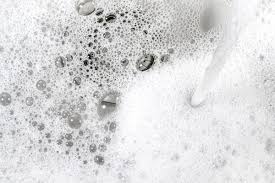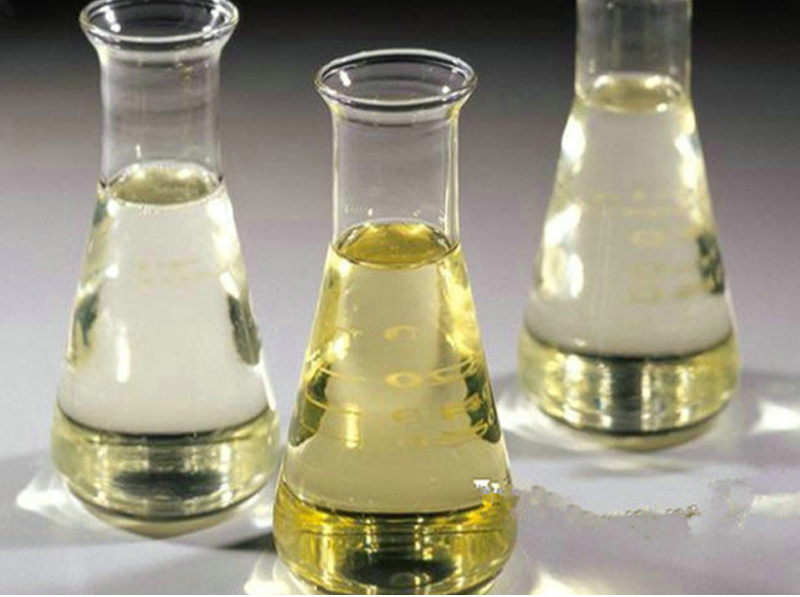**The Sudsy Science: How Soap Became a Secret Cleaning Agent**
(Is Soap A Surfactant)
You use soap every day. You wash your hands. You scrub dishes. You shower. But have you ever wondered why soap works? Let’s talk about something called surfactants. Soap is one of them. It sounds complicated. It’s not. Let’s break it down.
Surfactants are special molecules. The word itself is a mix of “surface-active agents.” Fancy term, simple idea. These molecules love water and hate it at the same time. One end of the molecule grabs water. The other end runs from it. This split personality makes surfactants powerful cleaners.
Think about oil and water. They don’t mix. Pour oil into water. It floats. This is a problem. Dirt, grease, and germs often hide in oily layers. Water alone can’t reach them. Soap changes the game. When you add soap, its molecules get to work. The water-hating parts latch onto oil. The water-loving parts stick to water. The oil breaks into tiny droplets. These droplets get surrounded by soap. Now they can rinse away with water.
Soap doesn’t just clean. It also makes water “wetter.” Water has surface tension. This tension makes it form droplets. Soap weakens this tension. Water spreads out instead of beading up. This helps it reach every corner of your hands or a dirty pan.
Making soap is simple science. Mix fats or oils with a strong alkali, like lye. This process is called saponification. It’s ancient. People have done it for thousands of years. Early soaps were rough. Modern ones are smoother. The core idea stays the same.
Not all surfactants are soap. Detergents, shampoos, and even toothpaste use synthetic surfactants. These are designed for specific jobs. Dish soap cuts grease better. Shampoo is gentler on hair. Soap is natural. But it has limits. Hard water contains minerals like calcium. These minerals react with soap. They form a sticky scum. This is why synthetic detergents became popular. They work in any water.
Soap still holds its ground. It’s eco-friendly. It breaks down quickly. Synthetic surfactants can pollute rivers. They create foam that harms aquatic life. Soap is safer for the environment.
Let’s zoom in on a soap bubble. That shiny film is a layer of water sandwiched between soap molecules. The water-loving ends face out. The water-hating ends face in. This structure traps air. The bubble floats. It’s a tiny example of how surfactants shape the world.
Ever washed a greasy pan? Without soap, the grease stays. Add soap. The grease lifts. The soap molecules pry the grease off the surface. They wrap it in tiny packages. Water carries them down the drain. The same thing happens when you wash your hands. Germs hide in oils on your skin. Soap pulls those oils away.
Soap isn’t perfect. It can dry your skin. It doesn’t kill germs. It removes them. This is enough. Most illnesses spread through contact. Washing with soap breaks the chain.
(Is Soap A Surfactant)
Next time you lather up, remember the tiny warriors in your soap. They’re busy pulling dirt apart. They’re making water work harder. They’re the reason your hands feel clean. Science is everywhere. Even in a simple bar of soap.
Inquiry us
if you want to want to know more, please feel free to contact us. (nanotrun@yahoo.com)



